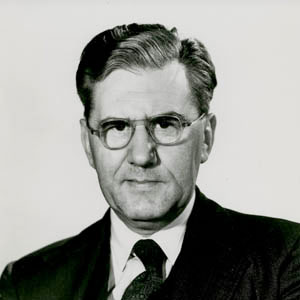Sir Walter was one of the greatest visual scientists of the twentieth century.

Sir Walter was one of the greatest visual scientists of the twentieth century.
During his 36 years at NPL, Stanley Stiles (as he liked to be called) made a lasting and fundamental contribution to the theory and practice of illumination engineering. He is chiefly remembered for his work on colour matching and vision - in which field the Stiles-Crawford effect bears his name.
Stiles joined NPL in 1925 and remained here until his retirement in 1961. Initially, he worked in the Photometry Department of the Light Division investigating the problems of glare and visibility, which were crucial to the rapid development of improved motorcar headlights and street lamps. He showed that, contrary to popular belief, the use of yellow headlamp beams gives no increased visibility when driving in fog.
His extensive studies on visibility and radiance led to the formation of the Holladay-Stiles equation of disability glare, which was important in reconciling test results from research laboratories in Europe and the USA. Stiles built glare meters, which were used to take measurements on headlights and street lamps, allowing the equation to be verified in practice.
The scope of his research gradually widened and extended to the effect of colour, leading to the discovery of the Stile-Crawford effect.
Stiles received an OBE in 1946 for his wartime work on visibility, visual search and the defensive use of dazzle, and in 1957 he was elected to FRS.